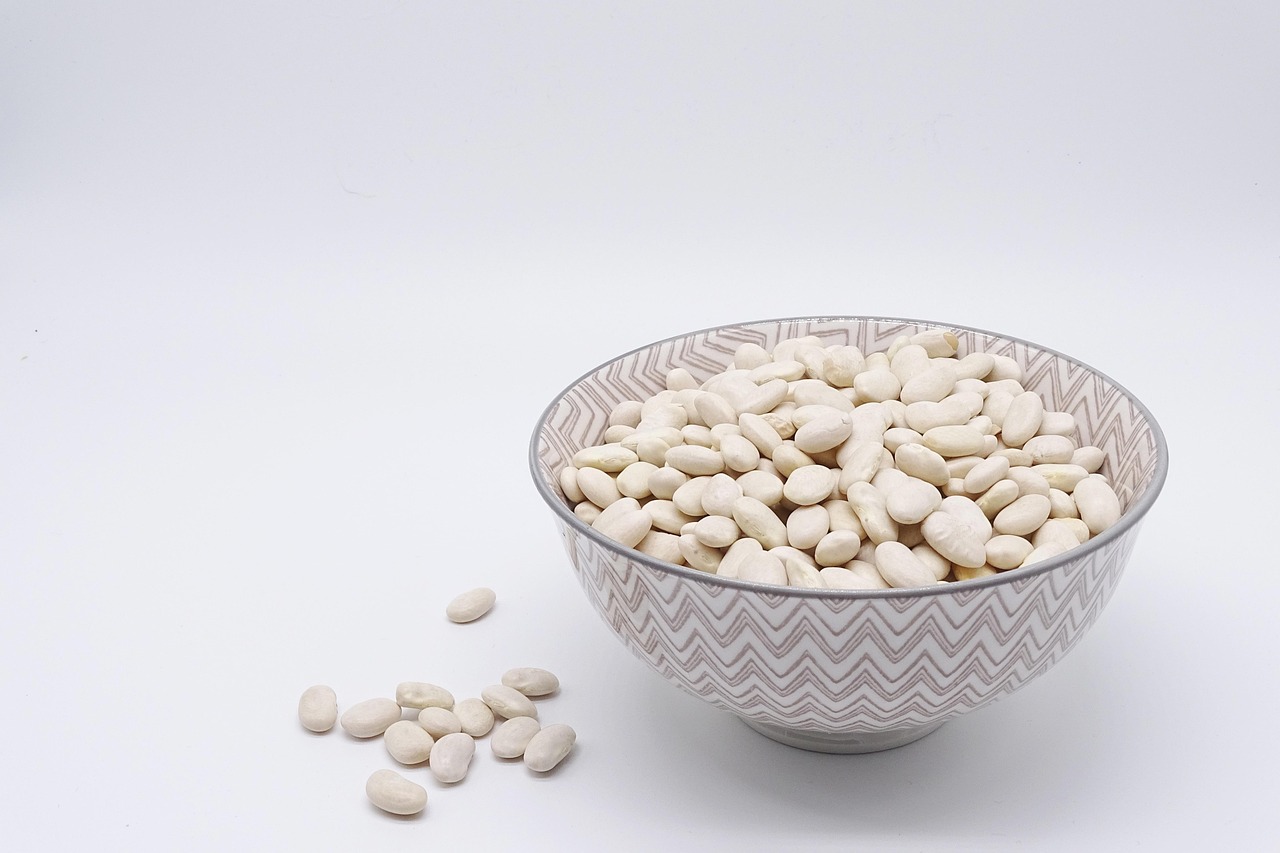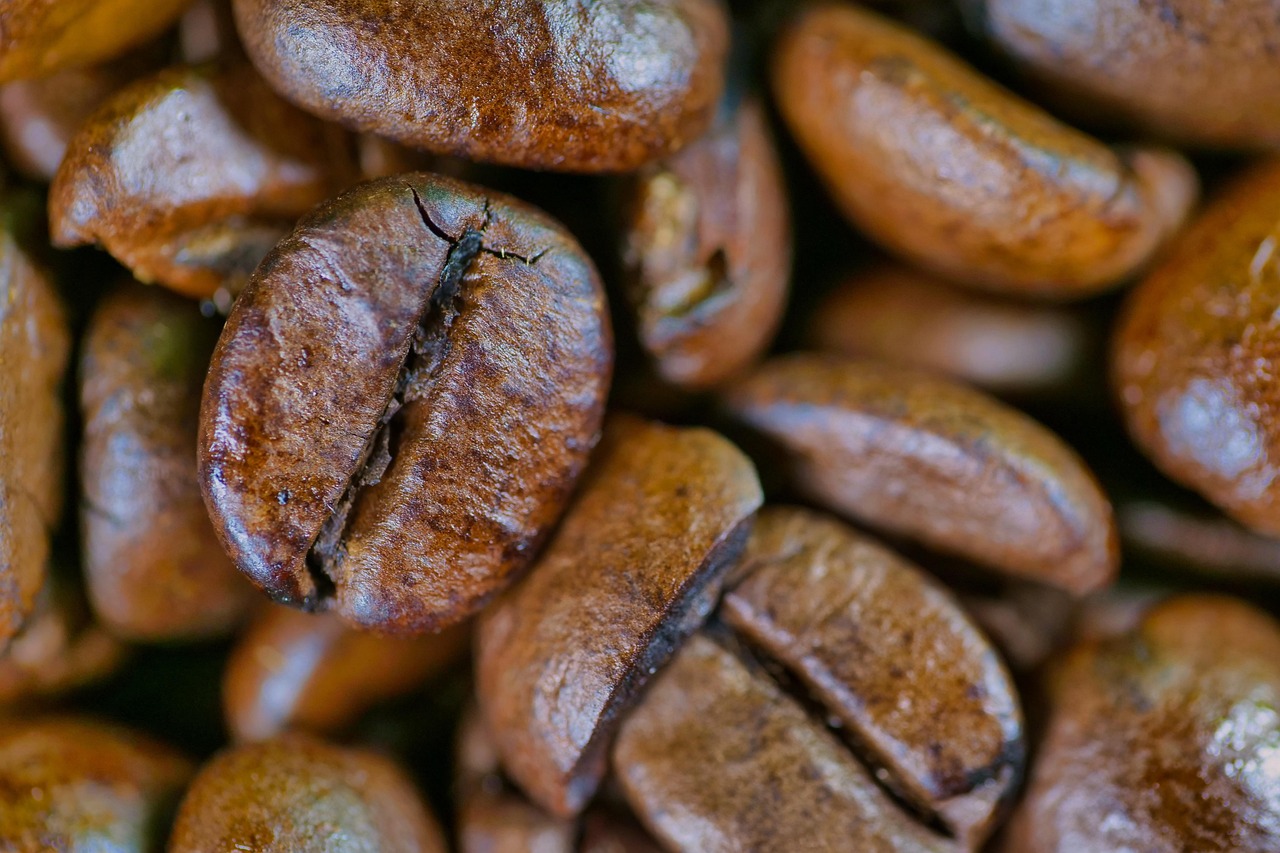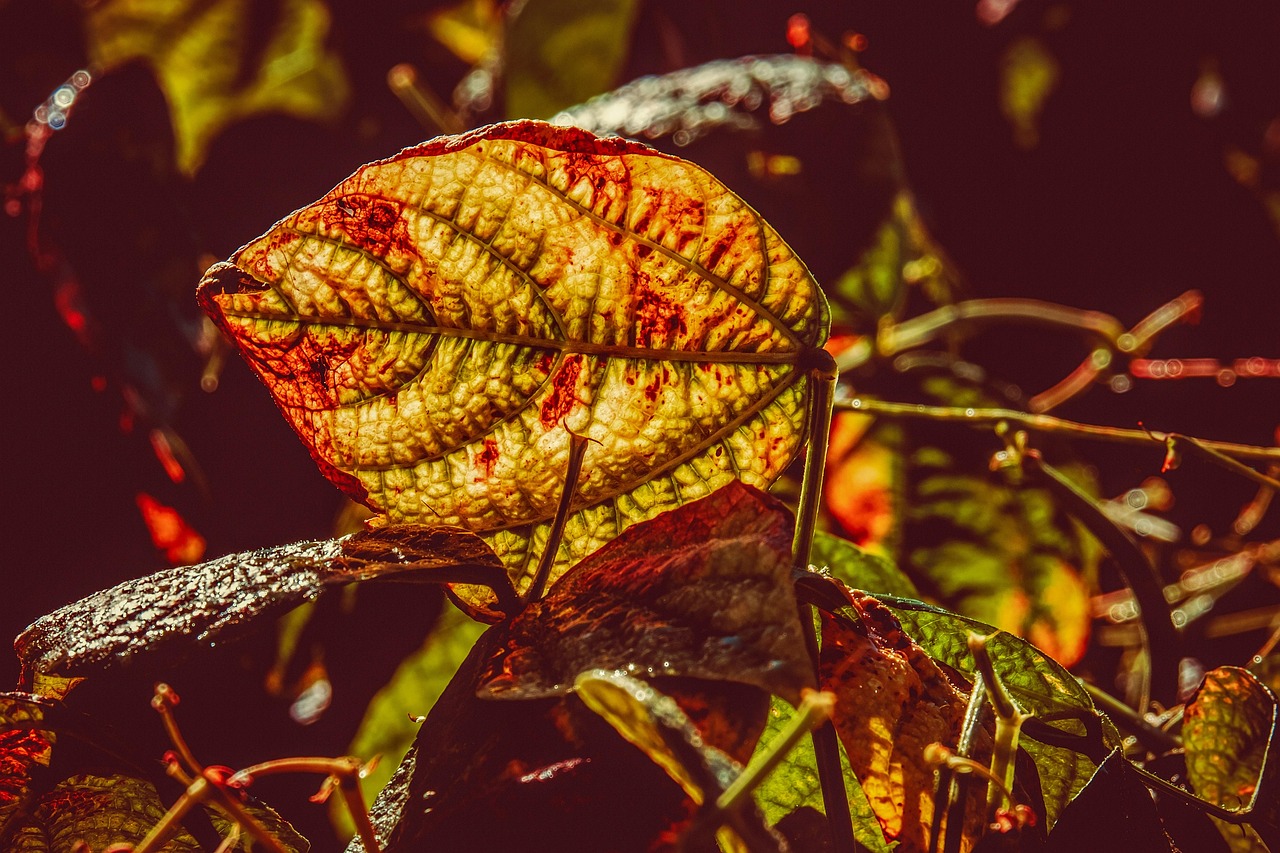The Indian Bean Tree, also known as Catalpa, requires specific pruning techniques to thrive in large landscapes. Proper pruning enhances its shape, encourages healthy growth, and prevents disease. This guide offers essential tips for maintaining this beautiful tree effectively.
The Indian Bean Tree is a stunning addition to any landscape, renowned for its large, heart-shaped leaves and impressive white flowers. With its robust size, it can serve as a focal point in parks and gardens. To maintain its beauty and health, regular pruning is essential. This practice not only enhances its aesthetic appeal but also supports the overall well-being of the tree.

Understanding the biology of the Indian Bean Tree is crucial for effective pruning. This tree can grow up to 50 feet tall with a similar spread. Its fast growth rate makes it necessary to manage its size and shape, especially in large landscapes where space is a consideration. The tree is deciduous, meaning it sheds its leaves in the fall, providing an opportunity for pruning during its dormant season.
Why Prune the Indian Bean Tree?
Pruning serves several important purposes for the Indian Bean Tree:
- Shape Management: Regular pruning helps maintain a desired shape and size.
- Health Improvement: Removing dead or diseased branches prevents the spread of pests and diseases.
- Air Circulation: Thinning out dense foliage increases air circulation, reducing the risk of fungal infections.
- Light Access: Pruning allows more sunlight to reach the inner branches, promoting healthy growth.
In addition to these benefits, proper pruning can improve flowering and fruiting. The Indian Bean Tree produces long, bean-like pods that are attractive and provide additional interest in the landscape. By ensuring that the tree has a healthy structure, you can promote better flowering and pod development.

Best Time to Prune
The optimal time for pruning the Indian Bean Tree is during late winter or early spring. Pruning in this period ensures that the tree is still dormant, which minimizes stress and encourages quicker recovery during the growing season. Avoid pruning in late summer or fall, as this can lead to new growth that may not harden off before winter.
Essential Pruning Techniques
When pruning the Indian Bean Tree, consider the following techniques to achieve the best results:
- Thinning: Remove select branches to improve air circulation and light penetration. Focus on crowded areas within the canopy.
- Heading Back: Shorten long branches to encourage bushier growth. Cut just above a leaf node or bud to promote new growth.
- Cleaning: Remove any dead, damaged, or diseased wood. This helps prevent pest infestations and diseases.
- Shaping: Maintain an overall shape that fits your landscape design. Step back frequently to assess your work.
Tools Required for Pruning
Having the right tools is essential for effective pruning. Here are some recommended tools:

| Tool | Description |
|---|---|
| Hand Pruners | Ideal for cutting small branches and stems. |
| Loppers | Useful for thicker branches that are too large for hand pruners. |
| Saw | A pruning saw is necessary for larger limbs. |
| Gloves | Protect your hands while working with branches and tools. |
| Ladder | A sturdy ladder may be required to reach higher branches safely. |
Before starting the pruning process, ensure that all tools are clean and sharp. This will make cuts smoother and reduce damage to the tree. Disinfecting your tools between trees can also help prevent the spread of diseases.
As you prepare to prune your Indian Bean Tree, remember that patience is key. Take your time to assess each cut carefully. Proper pruning not only enhances the beauty of the tree but also contributes to its health and longevity in large landscapes.
Common Pruning Mistakes to Avoid
Pruning the Indian Bean Tree requires skill and knowledge. Many gardeners make mistakes that can harm the tree’s health or aesthetic appeal. Understanding these common pitfalls can help you avoid them.

- Over-pruning: Removing too much foliage at once can stress the tree. Always follow the one-third rule, which suggests not removing more than one-third of the tree’s foliage in a single season.
- Pruning at the Wrong Time: Cutting branches during the growing season can lead to sap loss and stress. Stick to late winter or early spring.
- Ignoring Natural Shape: Each tree has a natural growth pattern. Pruning against this pattern can create an unbalanced appearance. Always assess the tree’s natural shape before making cuts.
- Using Dull Tools: Dull tools can tear branches rather than making clean cuts. This increases the risk of infection and delays healing.
- Neglecting Safety: Failing to use safety equipment or proper techniques can lead to accidents. Always prioritize safety when working with ladders and tools.
Signs Your Indian Bean Tree Needs Pruning
Recognizing when your Indian Bean Tree requires pruning is essential for its health. Look for these signs:
- Dead or Dying Branches: If you notice branches that are dead, brown, or brittle, they should be removed to prevent disease spread.
- Crossing Branches: Branches that rub against each other can cause wounds and invite pests. Prune to separate these branches.
- Overgrown Foliage: If the tree appears bushy and dense, thinning may be necessary to improve light penetration.
- Pest Infestation: If you see signs of insects or disease, immediate pruning of affected areas is crucial.
Techniques for Specific Pruning Goals
Different goals require different pruning techniques. Here are strategies for specific objectives:
To Promote Healthy Growth
If your goal is to encourage healthy growth, follow these tips:
- Focus on removing dead or damaged branches first.
- Aim to thin out dense areas of the canopy to allow sunlight in.
- Cut back any shoots that grow inward toward the center of the tree.
To Enhance Aesthetic Appeal
For those looking to maintain a beautiful shape, consider these techniques:
- Prune to create an open, vase-like shape that allows for airflow.
- Regularly remove suckers and water sprouts that detract from the overall appearance.
- Shape the tree gradually over several seasons rather than all at once.
Aftercare Following Pruning
The care you provide after pruning is just as important as the pruning itself. Proper aftercare can help your Indian Bean Tree recover quickly and thrive.
- Watering: Ensure your tree receives adequate water, especially during dry spells. Newly pruned trees may need extra hydration to support recovery.
- Fertilizing: Applying a balanced fertilizer in early spring can promote healthy regrowth. Avoid fertilization immediately after pruning, as it may stress the tree.
- Pest Monitoring: Keep an eye out for pests that may target your tree post-pruning. Early intervention is crucial for managing infestations.
- Disease Watch: Be vigilant for signs of disease, such as unusual leaf spots or wilting. Treat any issues promptly.
Seasonal Pruning Considerations
Understanding seasonal changes can help guide your pruning strategy. Here’s how each season affects your Indian Bean Tree:
| Season | Pruning Focus |
|---|---|
| Spring | Ideal for light shaping and removing dead wood as new growth begins. |
| Summer | Avoid heavy pruning; focus on minor maintenance and removing any unwanted growth. |
| Fall | Avoid major pruning; this time is better for observation and planning for winter dormancy. |
| Winter | The best season for major pruning to promote healthy spring growth. |
By understanding these seasonal considerations, you can effectively plan your pruning schedule. This will help ensure that your Indian Bean Tree remains healthy and attractive throughout the year.
The Indian Bean Tree is a remarkable species that adds beauty to large landscapes. With proper care and attention during pruning, you can ensure its longevity and impressive presence in your garden or park.
Understanding the Growth Habits of the Indian Bean Tree
To effectively prune an Indian Bean Tree, it is essential to understand its growth habits and characteristics. This knowledge will help you make informed decisions about when and how to prune, ultimately promoting a healthier tree.
Growth Rate and Structure
The Indian Bean Tree is known for its rapid growth. Under ideal conditions, it can grow up to 2-3 feet per year. This fast growth rate allows it to quickly establish itself in large landscapes. The tree typically develops a broad, rounded canopy with a height that can reach up to 50 feet.
Understanding the structure of the Indian Bean Tree is also crucial. The tree has a central trunk with several upright branches extending outward. This branching pattern creates a dense canopy that can sometimes become overcrowded. Regular pruning will help maintain this structure, allowing air and light to penetrate the canopy.
Root System Considerations
The root system of the Indian Bean Tree is relatively shallow but extensive. This characteristic means that the tree can be susceptible to wind damage if not properly pruned and maintained. Additionally, an extensive root system can compete with nearby plants for nutrients and water. Awareness of these traits will guide your pruning decisions and landscaping planning.
Pruning Techniques for Specific Growth Stages
Different growth stages require tailored pruning techniques. Here’s how to approach pruning based on the age of the tree:
Young Trees (1-3 Years)
For young Indian Bean Trees, establishing a strong foundation is vital. Focus on:
- Formative Pruning: Select a central leader to encourage upward growth. Remove competing leaders and any crossed branches.
- Light Thinning: Thin out branches to promote an open structure. This improves airflow and reduces disease risk.
- Encouraging Branch Spacing: Ensure that branches are spaced evenly around the trunk to create a balanced canopy.
Mature Trees (4+ Years)
As the tree matures, your pruning goals will shift. Focus on:
- Maintaining Shape: Regularly prune to maintain the desired shape, removing any excessive growth while keeping the natural form intact.
- Pest Management: Monitor for signs of pests and prune affected branches promptly to minimize damage.
- Dead Wood Removal: Continually check for and remove any dead or diseased wood to prevent further health issues.
Advanced Pruning Techniques
For experienced gardeners or landscapers, advanced pruning techniques can further enhance the health and appearance of your Indian Bean Tree. Here are some methods to consider:
Crown Reduction
Crown reduction involves selectively removing branches from the top of the tree to decrease its height while maintaining its overall shape. This method is particularly useful for trees that have outgrown their space.
- Selective Cutting: Identify branches that can be cut back without compromising the tree’s structure.
- Aim for Balance: Ensure that the remaining branches are evenly distributed to maintain aesthetic appeal.
Pollarding
Pollarding is a technique where branches are cut back to a main trunk or limb regularly, usually every few years. This method encourages new growth and produces a dense canopy.
- Establishing Pollard Heads: Initially, prune to create a pollard head at your desired height.
- Regular Maintenance: Continue to prune back new growth annually to keep the desired shape and size.
Pest and Disease Management During Pruning
Pest and disease issues can arise during the pruning process. Being aware of common problems in Indian Bean Trees will help you manage them effectively:
Common Pests
The Indian Bean Tree may attract various pests, including:
- Aphids: These small insects can cause leaf curling and stunted growth. Regular inspections can help identify infestations early.
- Caterpillars: Certain caterpillars feed on leaves, leading to defoliation. Manual removal or targeted treatments may be necessary.
- Scale Insects: These pests attach themselves to branches and can weaken the tree. Keep an eye out for sticky residue or sooty mold.
Disease Issues
The most common diseases affecting Indian Bean Trees include:
- Powdery Mildew: This fungal disease appears as a white powdery coating on leaves. Proper spacing and pruning can help improve air circulation to prevent it.
- Cankers: Cankers may develop on branches due to various pathogens. Prune affected areas promptly to reduce spread.
Integrating pest and disease management into your pruning routine ensures your Indian Bean Tree remains healthy and vibrant for years to come. By recognizing signs early and taking appropriate action, you can significantly enhance the longevity of your tree.
Additional Care for the Indian Bean Tree
In addition to pruning and pest management, proper care for your Indian Bean Tree encompasses several other important aspects. These practices will help ensure that the tree not only survives but thrives in your landscape.
Soil Requirements
The Indian Bean Tree prefers well-draining soil with a slightly acidic to neutral pH. Here are some tips for optimizing soil conditions:
- Soil Testing: Conduct a soil test to determine pH and nutrient levels. This information can guide your amendments.
- Organic Matter: Incorporate organic matter, such as compost, to improve soil structure and nutrient availability.
- Mulching: Apply a layer of mulch around the base of the tree to retain moisture and suppress weeds.
Watering Practices
Proper watering is crucial, especially during the establishment phase of the Indian Bean Tree. Here’s how to manage watering effectively:
- Deep Watering: Water deeply and less frequently to encourage deep root growth. Early morning is the best time to water.
- Monitoring Moisture: Check the soil moisture regularly, especially during dry spells. A moisture meter can be helpful.
- Avoid Overwatering: Ensure that the tree is not sitting in waterlogged soil, as this can lead to root rot.
Fertilization Strategies
To support healthy growth, fertilization should be part of your care routine:
- Balanced Fertilizer: Use a balanced fertilizer in early spring to promote growth. A 10-10-10 NPK ratio is often effective.
- Avoid Late Fertilization: Do not fertilize late in the season, as this can encourage new growth that may not survive winter.
- Organic Options: Consider using organic fertilizers or slow-release formulations for sustained nutrient release.
Landscape Integration and Companion Planting
The Indian Bean Tree can be a stunning focal point in a large landscape. However, thoughtful integration with other plants can enhance its beauty and functionality:
Companion Plants
Selecting appropriate companion plants can enhance biodiversity and create a more visually appealing landscape. Consider the following options:
- Native Grasses: Pairing the tree with native grasses helps maintain a natural look while supporting local wildlife.
- Flowering Perennials: Plants like coneflowers and black-eyed Susans can provide color and attract pollinators.
- Shrubs: Low-maintenance shrubs can provide structure and fill in spaces around the tree.
Avoiding Competition
When integrating the Indian Bean Tree into your landscape, be mindful of its root system:
- Avoid Invasive Species: Ensure that surrounding plants are not invasive, as they may compete for nutrients.
- Spacing Considerations: Provide adequate space between the tree and other plants to reduce competition for water and nutrients.
Final Thoughts
Caring for the Indian Bean Tree involves more than just pruning; it requires an understanding of its growth habits, proper watering, soil management, and pest control. By implementing a comprehensive care regimen, you can ensure that your tree remains healthy and vibrant.
Regular pruning not only maintains the tree’s shape but also contributes to its overall health by removing dead or diseased wood. Awareness of seasonal changes and growth stages will help you tailor your approach effectively. Additionally, integrating companion plants can enrich the environment around your Indian Bean Tree, enhancing both aesthetic appeal and ecological value.
Through diligent care and attention, your Indian Bean Tree can thrive in large landscapes for many years, providing beauty and enjoyment for all who encounter it. Embrace these practices to cultivate a stunning natural centerpiece that showcases the unique qualities of this remarkable tree.
